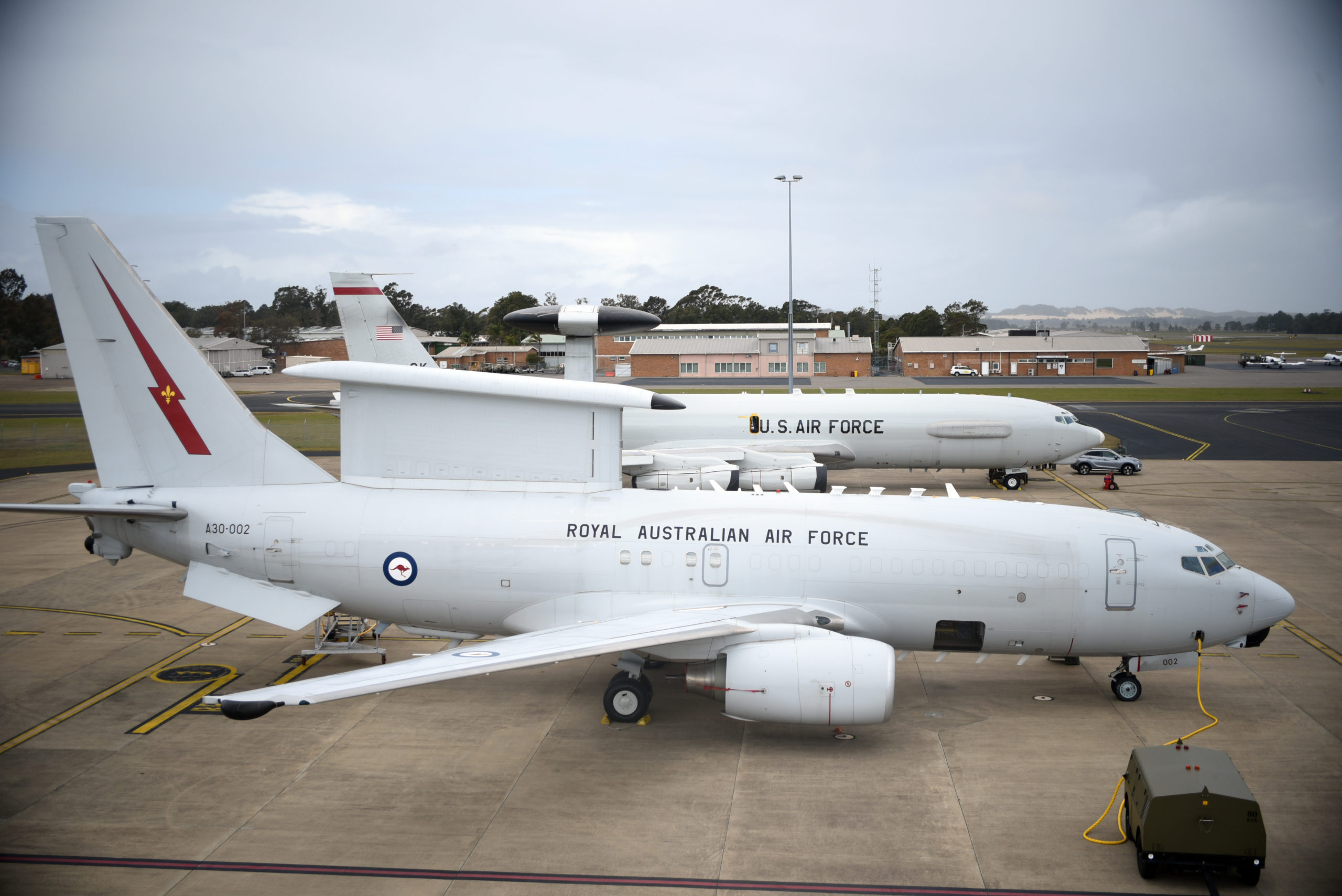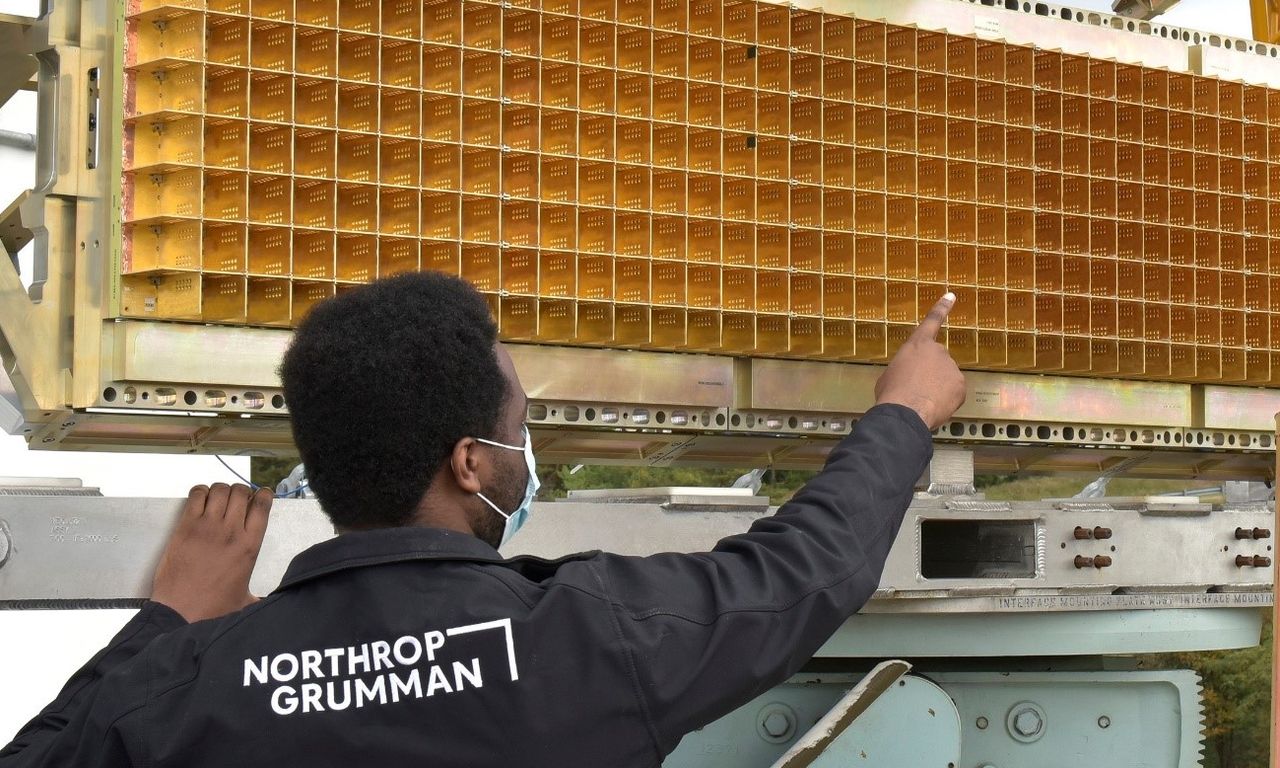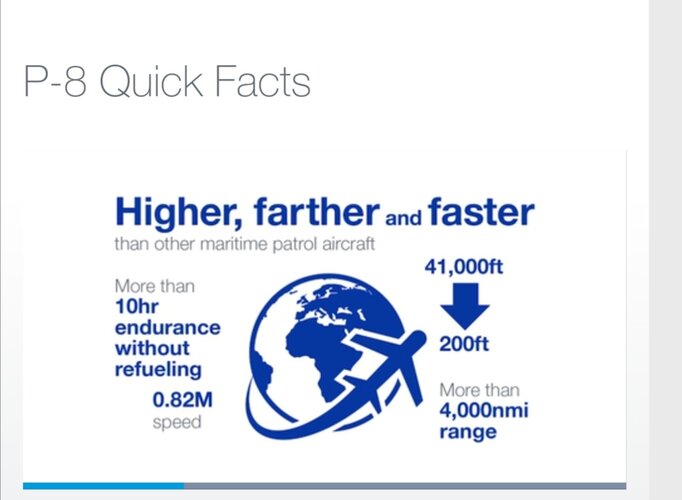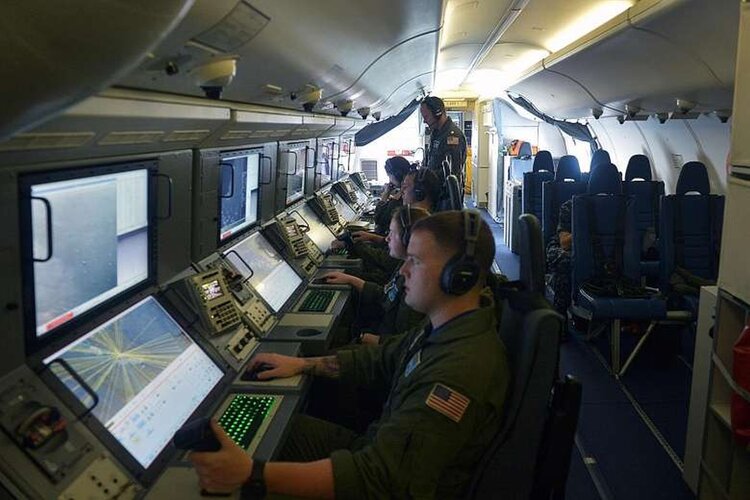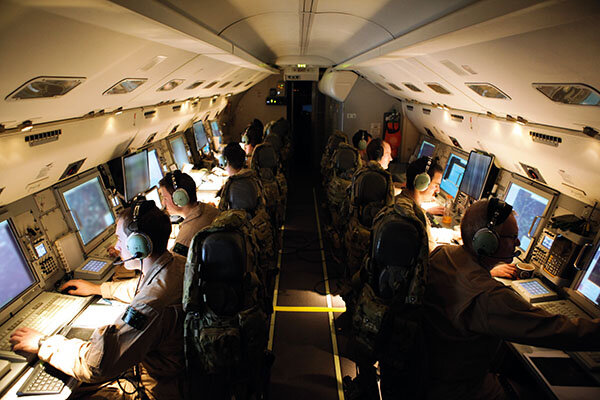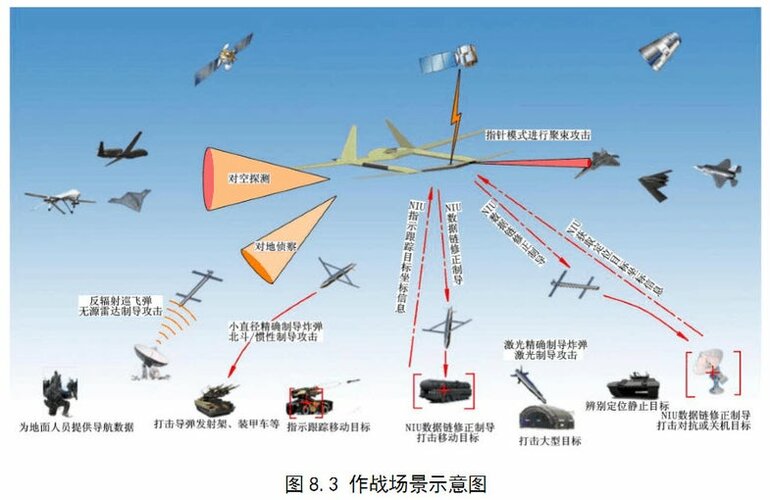I think we could open a new thread for the future US awac platform. I haven't found one.
Introduction:
U.S. Air Force Gen. Mark Kelly, Air Combat Command leader:

 www.defensenews.com
www.defensenews.com
Introduction:
U.S. Air Force Gen. Mark Kelly, Air Combat Command leader:
If anybody asked me what’s my priority in the ISR portfolio, I have to say the AWACS. We frankly have to be wide-eyed. We have to acknowledge that unlike our closest treaty allies — the Australians and the [U.K. Royal Air Force]— we do not field a cutting-edge, air moving target indicator, or AMTI, capability like they do with their E-7A Wedgetail.
In my opinion, you’re not a true fifth-gen Air Force until your fifth-gen fighters have fifth-gen weapons and fifth-gen sensing, like an AMTI [aircraft] to go with them. We’ve got to make sure we’ve got the surveillance piece and the weapons piece to go with our platform piece.
[...]
To your point about Wedgetail [addressing to Defense News jounalist V. Insinna], I frankly don’t know exactly where our budgets are going to fall when it hits the reality of what we actually have [available]. But I can tell you unambiguously that it stays pretty much close to my No. 1 requirement as a force provider.

Four questions with the head of Air Combat Command
Gen. Mark Kelly talked about the service's sixth-generation fighter and plans to replace the E-3 airborne warning and control plane, better known as the AWACS.
Last edited:

